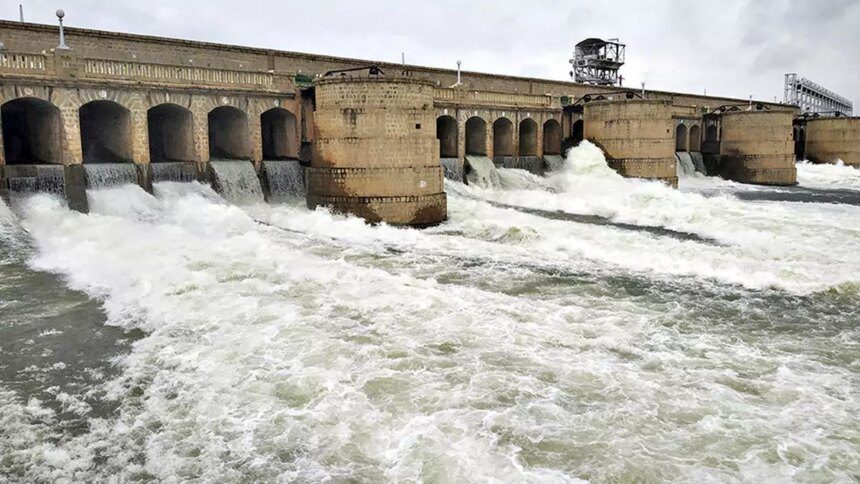As summer arrives early in Bengaluru and memories of last year’s water crisis linger, the city braces for an extended period of heat. Fortunately, the water levels in key reservoirs, including Krishna Raja Sagar, Kabini, Hemavathy, and Harangi, are currently over twice as high as they were last year. This ample supply should suffice until the next monsoon, as stated by Viswanath Srikantaiah, founder of the Rainwater Club and a dedicated water activist.
While this situation offers temporary relief, experts stress the necessity of long-term solutions. Srikantaiah emphasized that the real challenge lies in the distribution of water rather than its availability. “For the approximately 11.5 million residents connected to the Cauvery water supply, there is no immediate crisis. However, nearly 3 million individuals who depend on groundwater are at risk of serious shortages due to rapid depletion,” he noted. This issue particularly affects areas on the outskirts, such as Sarjapura, Whitefield, and Yelahanka.
In light of these challenges, the Bangalore Water Supply and Sewerage Board (BWSSB) has issued an order restricting the use of potable water for non-essential activities, including washing cars, watering gardens, and construction projects.
Bengaluru has faced water shortages since 1876, largely due to its altitude, and as the city grows, demand continues to exceed distribution capabilities. Urbanist V. Ravichandar pointed out that the absence of a natural river further complicates these challenges.
New buildings are now required to implement separate systems for groundwater reuse, but older constructions often lack adequate sewage treatment facilities or water recycling systems, making retrofitting imperative. Ravichandar argues that policies need to evolve to facilitate this transition.
One critical issue that demands attention is the improper use of stormwater drains as sewage outlets, according to Ravichandar. “Properly treating sewage leads to improved conditions in our drainage systems; these elements are interconnected,” he explained.
Initiatives such as the K-100 project and a joint water resilience project with the World Bank aim to enhance the city’s drainage infrastructure to effectively capture rainwater. However, citizen activist Srinivas Alavilli cautioned that tangible results from these efforts may not be evident for at least two to three years.
Compared to last year, Bengaluru is better equipped to manage water supply issues, with BWSSB expanding Cauvery water pipelines to additional areas, potentially alleviating some pressure on groundwater sources. Moreover, citizen engagement has seen an uptick, with increased activities focused on groundwater recharge, according to Srinivas.
Experts advocate for solutions beyond conventional methods like expanding the Cauvery water supply, rainwater harvesting, and sewage treatment. They emphasize the importance of incorporating technology and behavioral science in their initiatives.
“We should harness technology and organize hackathons aimed at water conservation, where innovative solutions for treatment, conservation, and reuse can be generated,” suggests Ravichandar. He also underlines the impact of behavioral science, stating, “If everyone takes conscious steps to reduce their water consumption, the cumulative effect could be substantial.”










